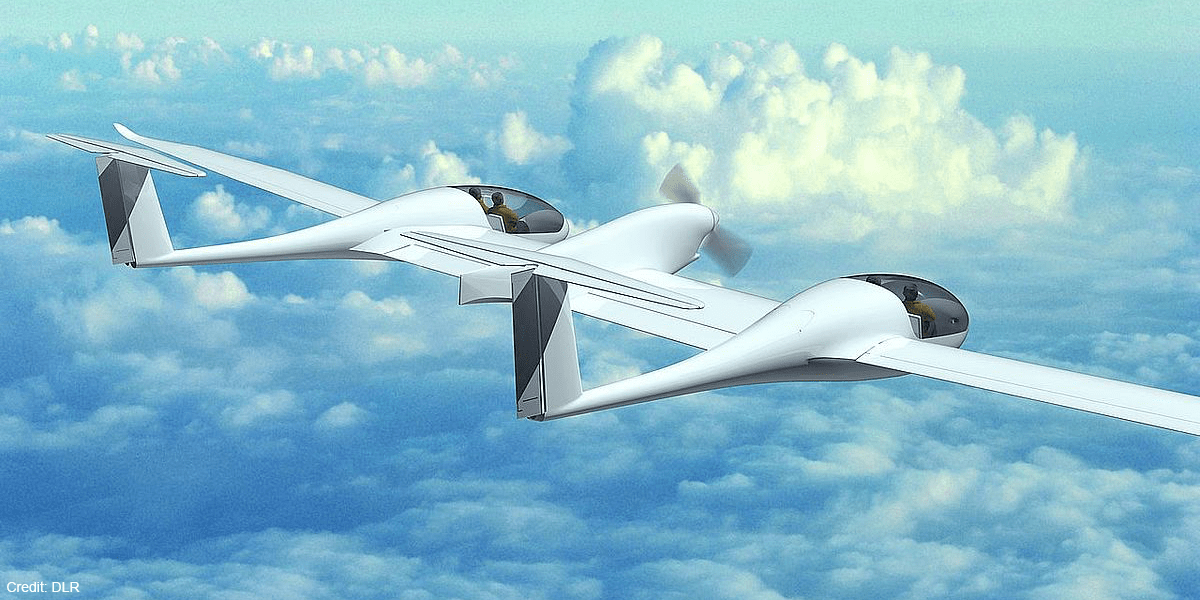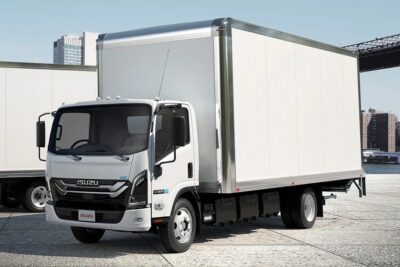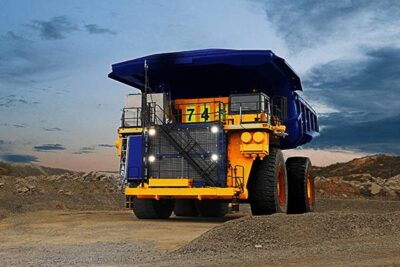Hydrogen fuel cell aircraft takes off in Stuttgart
The latest generation of the world’s first four-seater hydrogen fuel cell aircraft, the Hy4, has now been unveiled at Stuttgart Airport. The latest generation of the Hy4’s propulsion system recently received test flight permission, which means that the model can now take off at Stuttgart Airport.
The first flight of the hydrogen passenger aircraft at Stuttgart Airport dates back to 2016 and the initiators are only now providing new insights into the project. The model’s drive system has been continuously developed since 2016 under the leadership of Professor Josef Kallo, who conducts research at the University of Ulm and the German Aerospace Center (DLR) in Stuttgart. The Hy4 has now been presented with its sixth drive generation. “The system includes redundancy concepts for the hydrogen tank, fuel cell, energy distribution and the electric drive,” says the director of the Ulm-based institute. The resulting increased efficiency and improved safety architecture would make hydrogen-powered aircraft for up to 40 passengers and with ranges of 2,000 kilometres possible in the next ten years.
At the Institute for Energy Conversion and Storage at the University of Ulm, the electric motor and the energy distribution unit for the fuel cell aircraft were developed and tested under laboratory conditions and put into operation. The electric motor has an output of 120 kW and enables a maximum speed of 200 kph. Most of the basic fuel cell research and interconnection of components was done at DLR. The overall system architecture consisting of the hydrogen tank, fuel cell and electric drive, as well as their integration in the aircraft, is the responsibility of H2FLY GmbH, which was founded for this purpose.
To date, the Hy4 has completed more than 30 takeoffs and flights of up to two hours with the new propulsion system. The fuel cell system is coupled with a lithium-ion battery in such a way that the latter battery steps in if the energy generated in the fuel cell is insufficient such as during takeoff or climbing flights. Along with the University of Ulm, DLR and H2FLY GmbH, Diehl Aerospace, an expert in data communications and control hardware, is also involved in the project. Internationally, the team is supported by Slovenian aircraft manufacturer Pipistrel and research institutions Politecnica di Milano, TU Delft, University of Maribor and Cummins Canada. Sponsors include NOW GmbH, the German Federal Ministry for Economic Affairs and Energy, as well as the Ministry for Transport and Digital Infrastructure. Additional funding comes from DLR, Stuttgart Airport and the European Commission, among others.
According to the cooperation partners, the next step toward H2 aviation will now be further flights under the newly issued permit. The tests in Stuttgart will focus primarily on the interaction and coupling of new propulsion components until May. “The emission-free flying of the future is making considerable progress with this project,” says Walter Schoefer, spokesman for the management of Flughafen Stuttgart GmbH. “For the sake of the climate, we must continue to vigorously pursue technology development in aviation and its market launch.”
uni-ulm.de (in German)





2 Comments